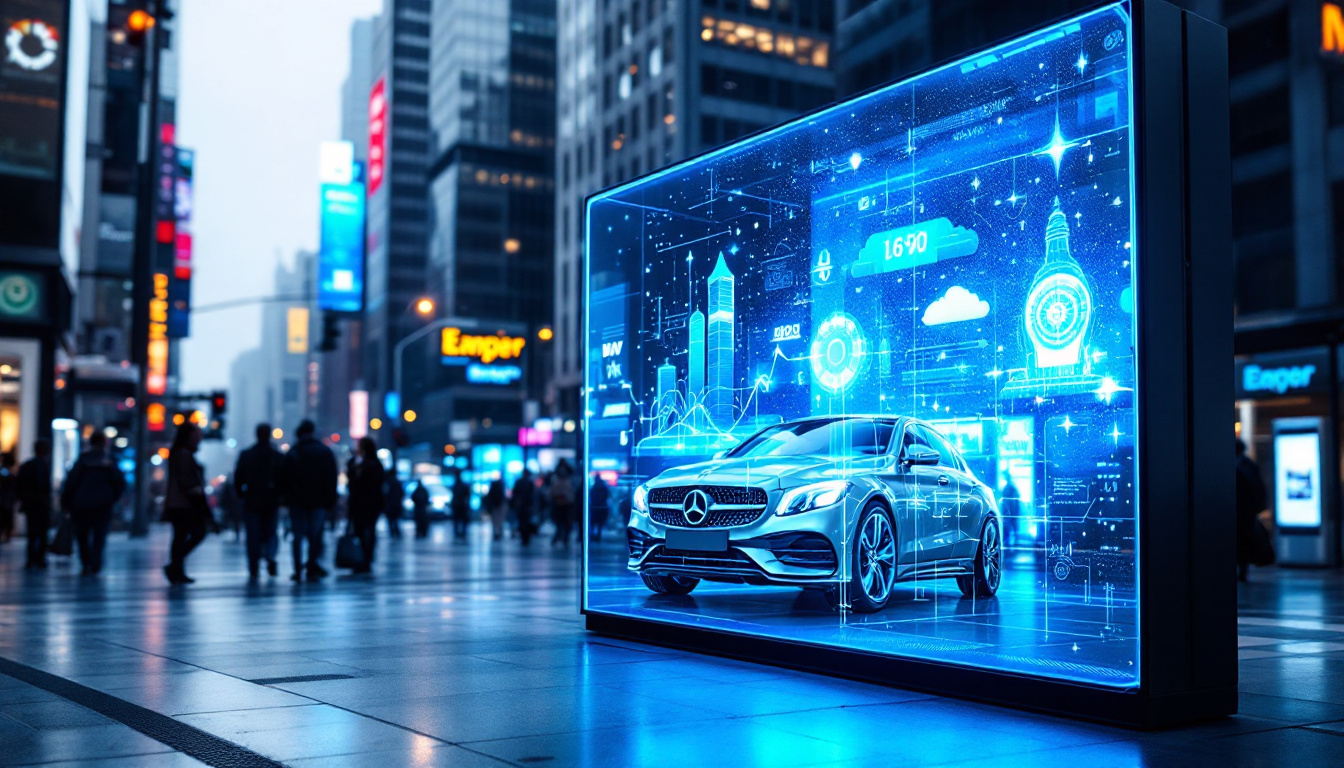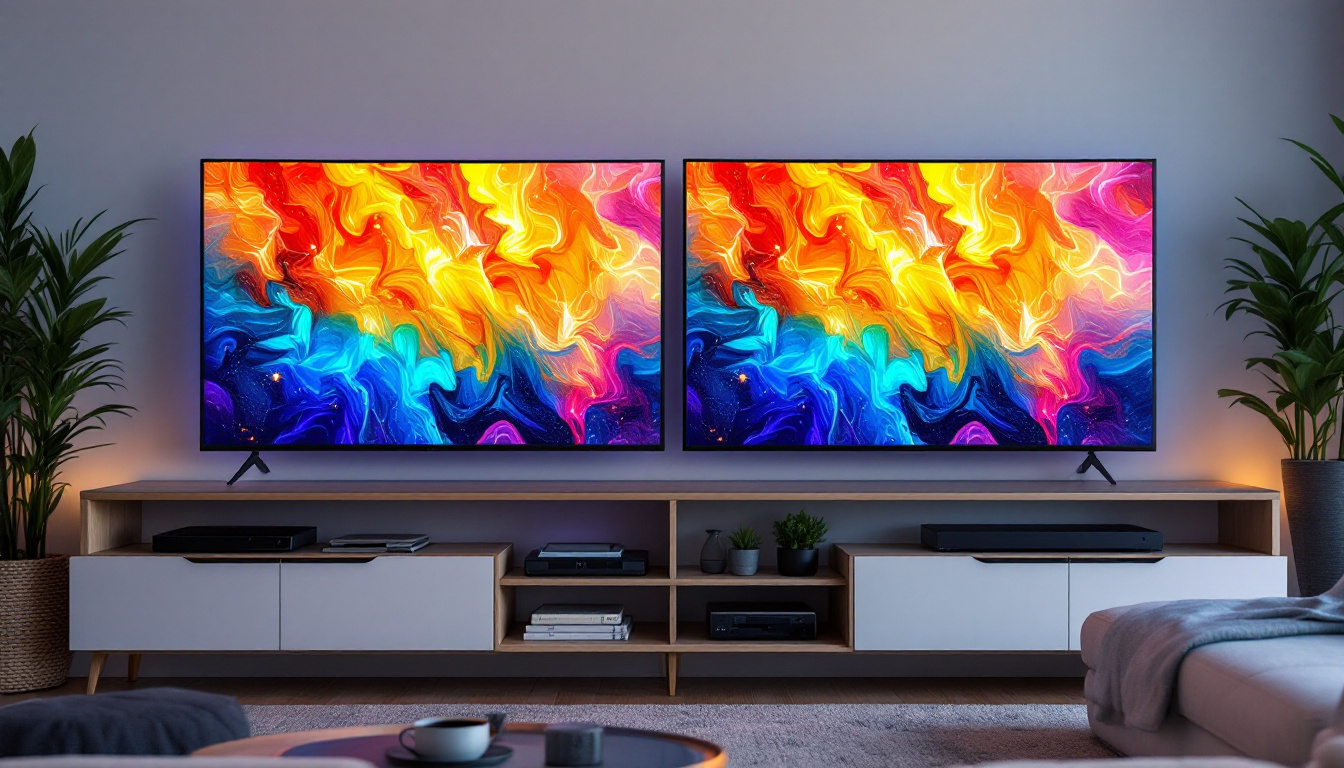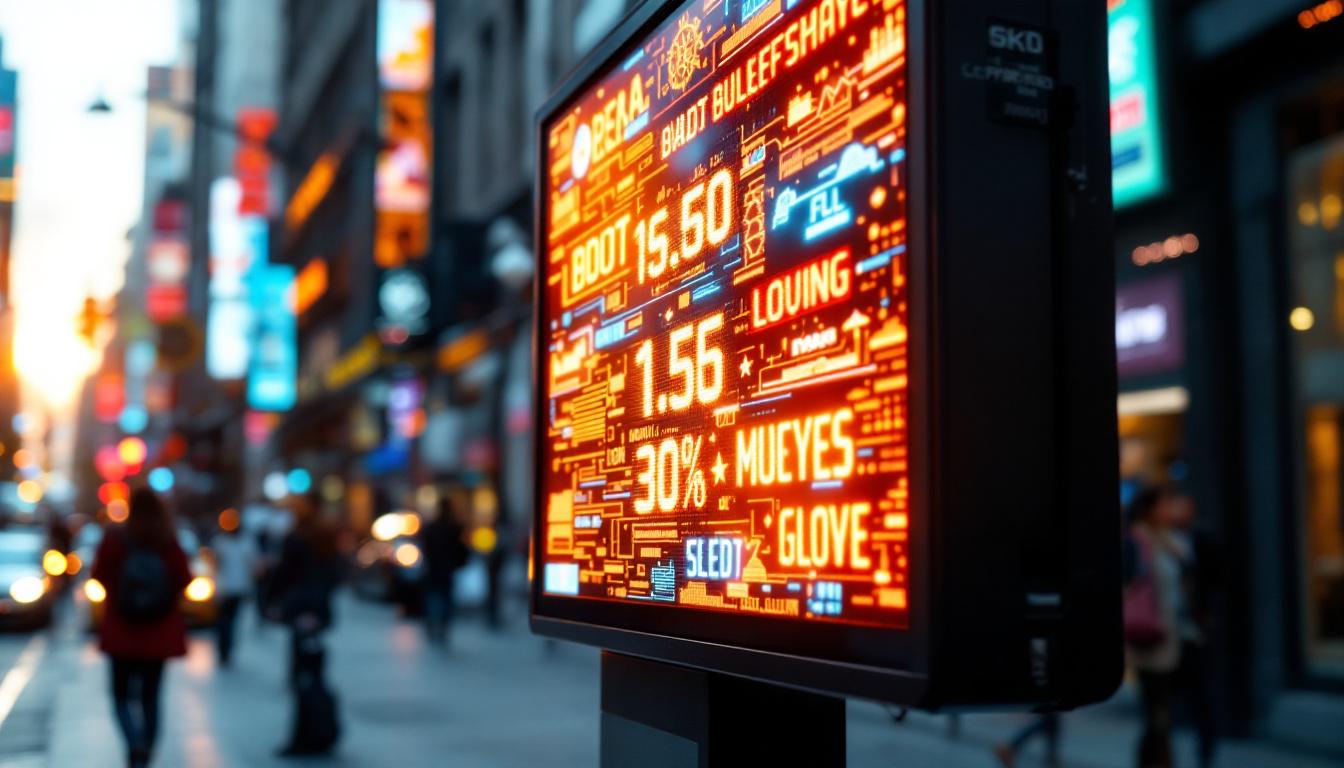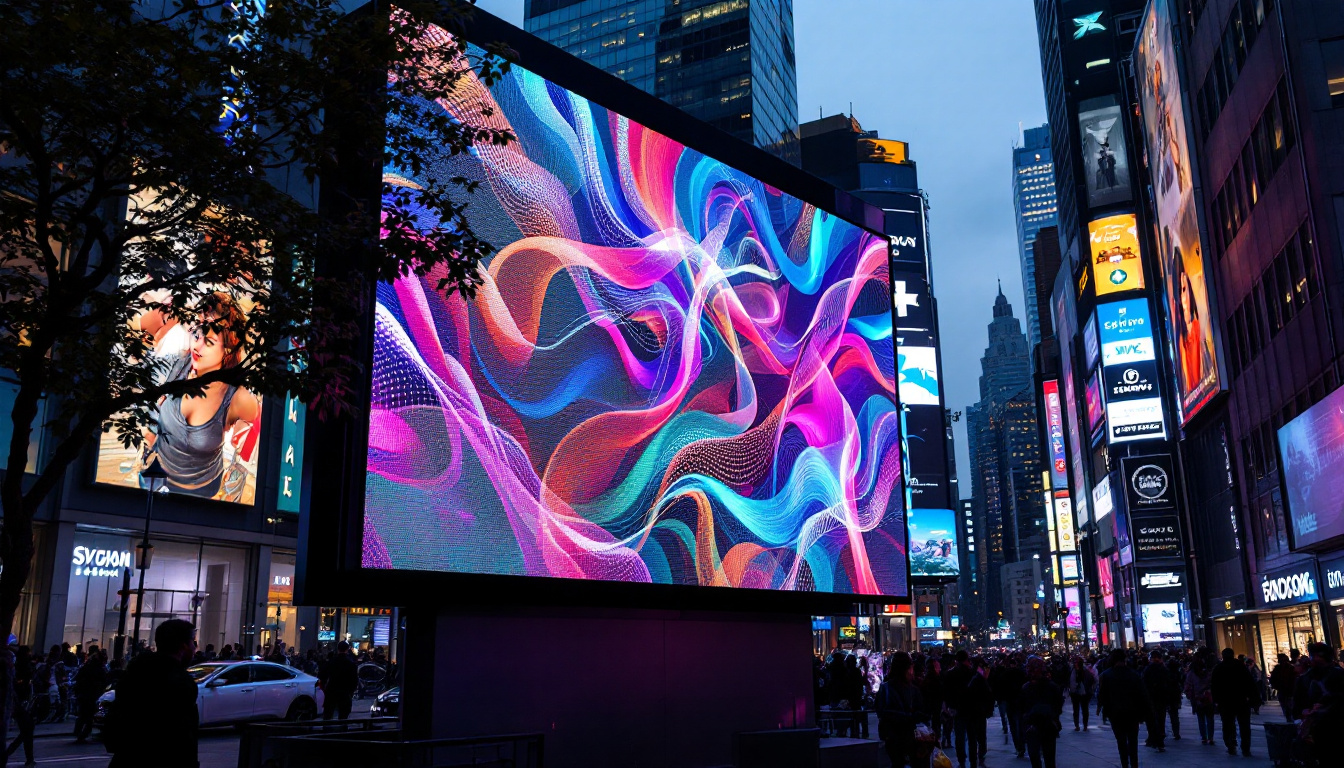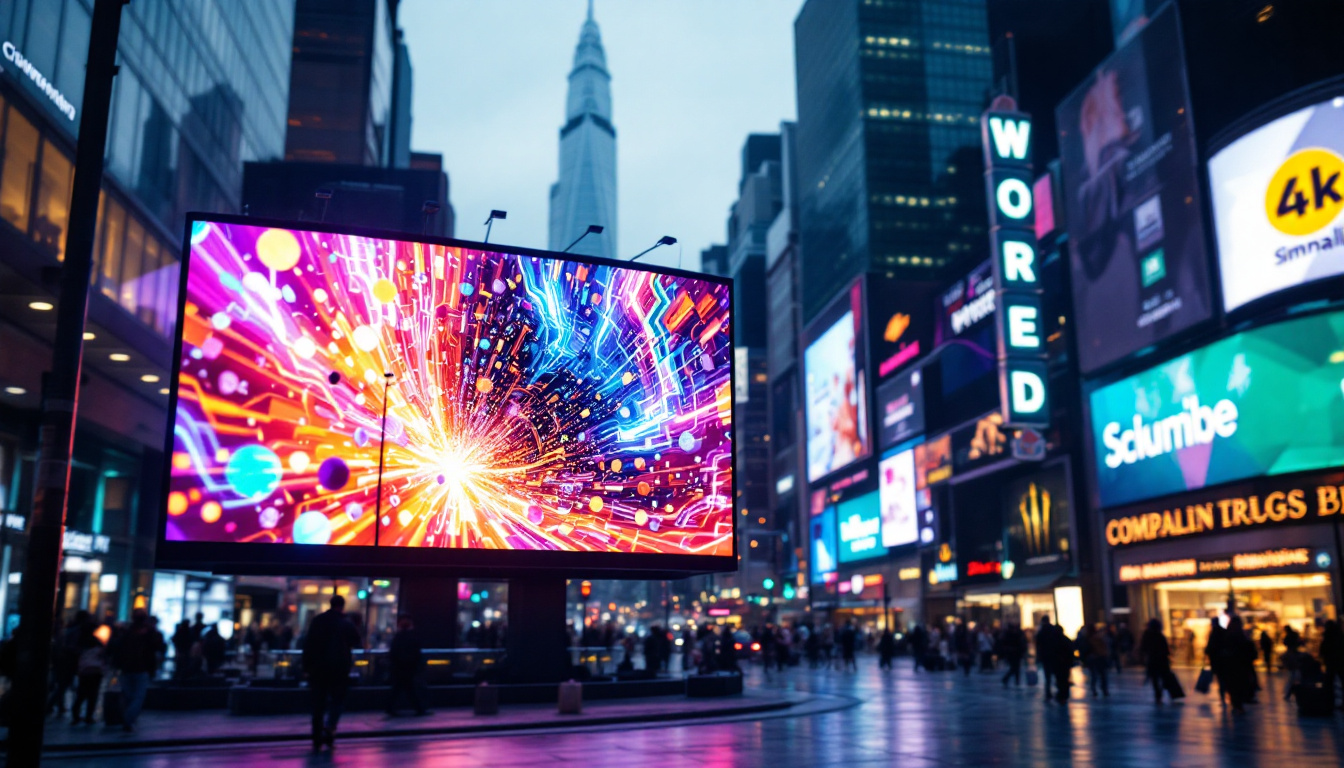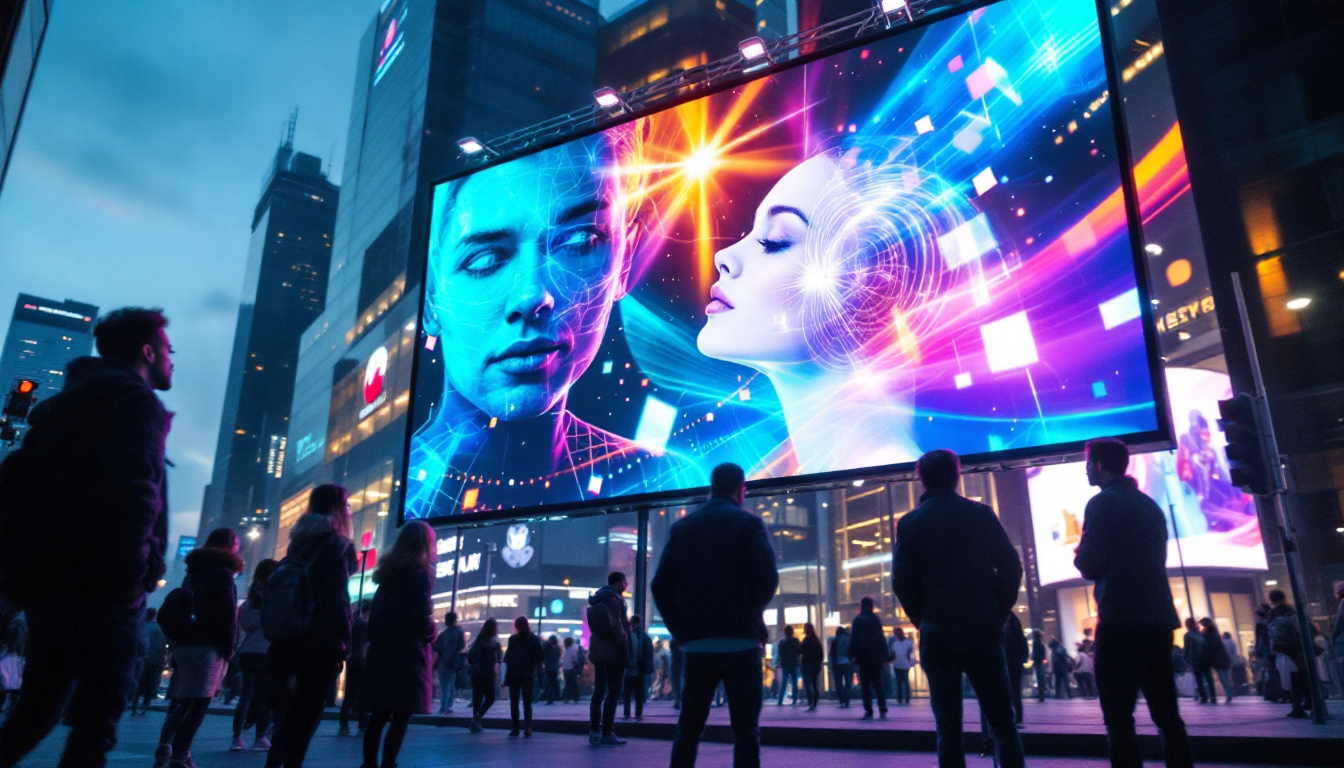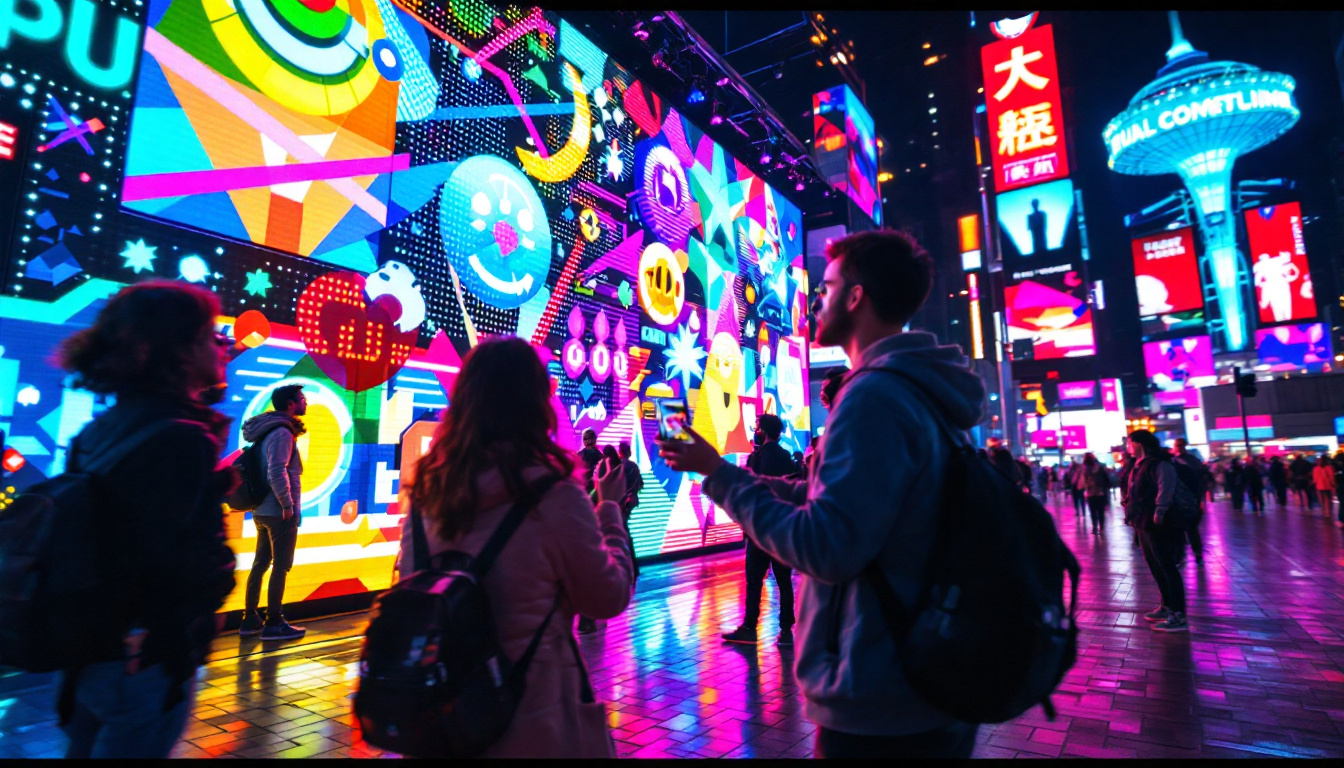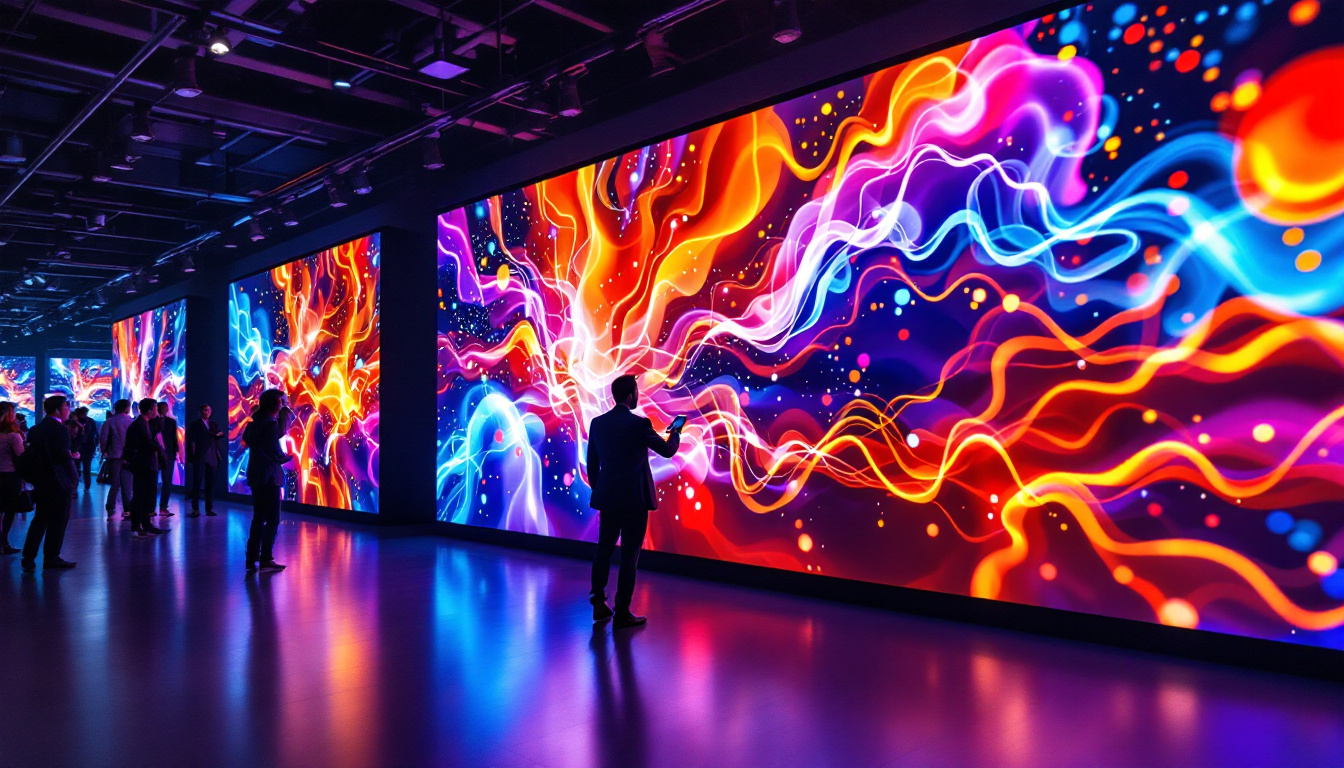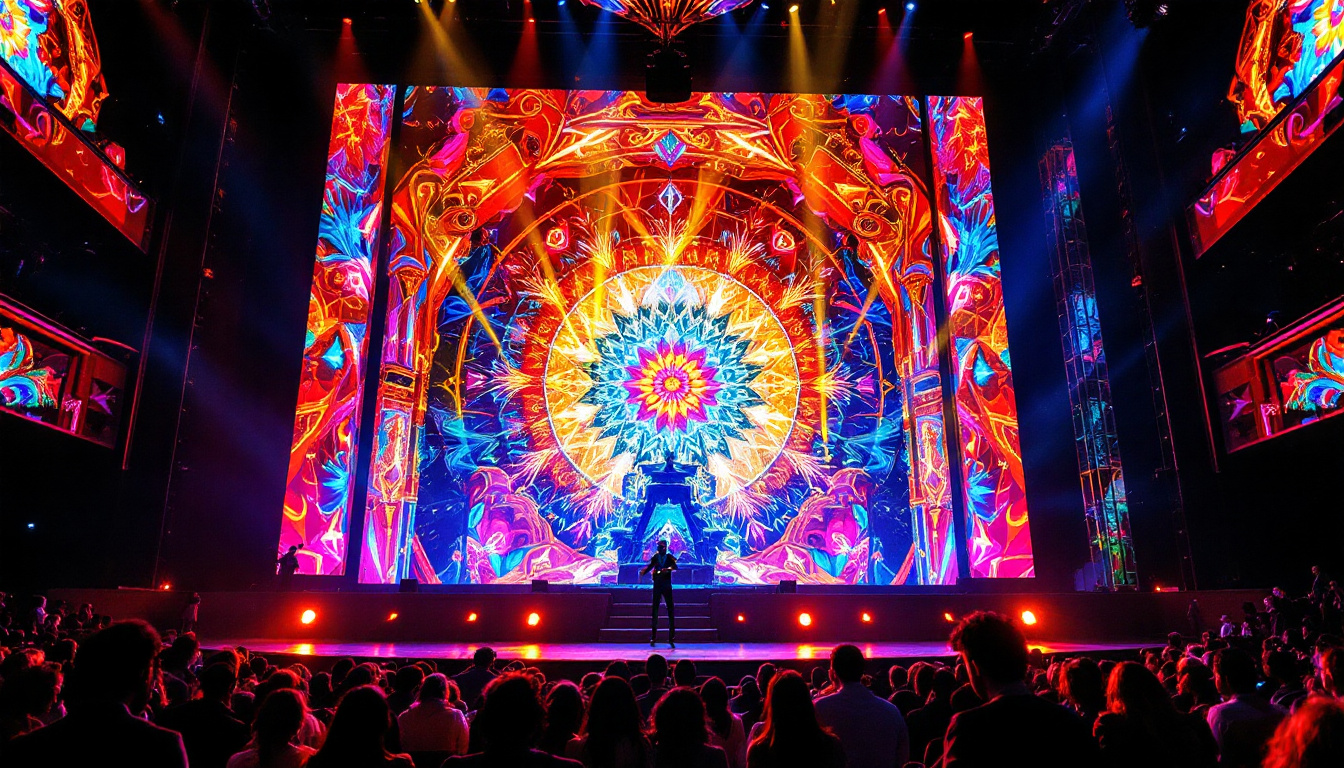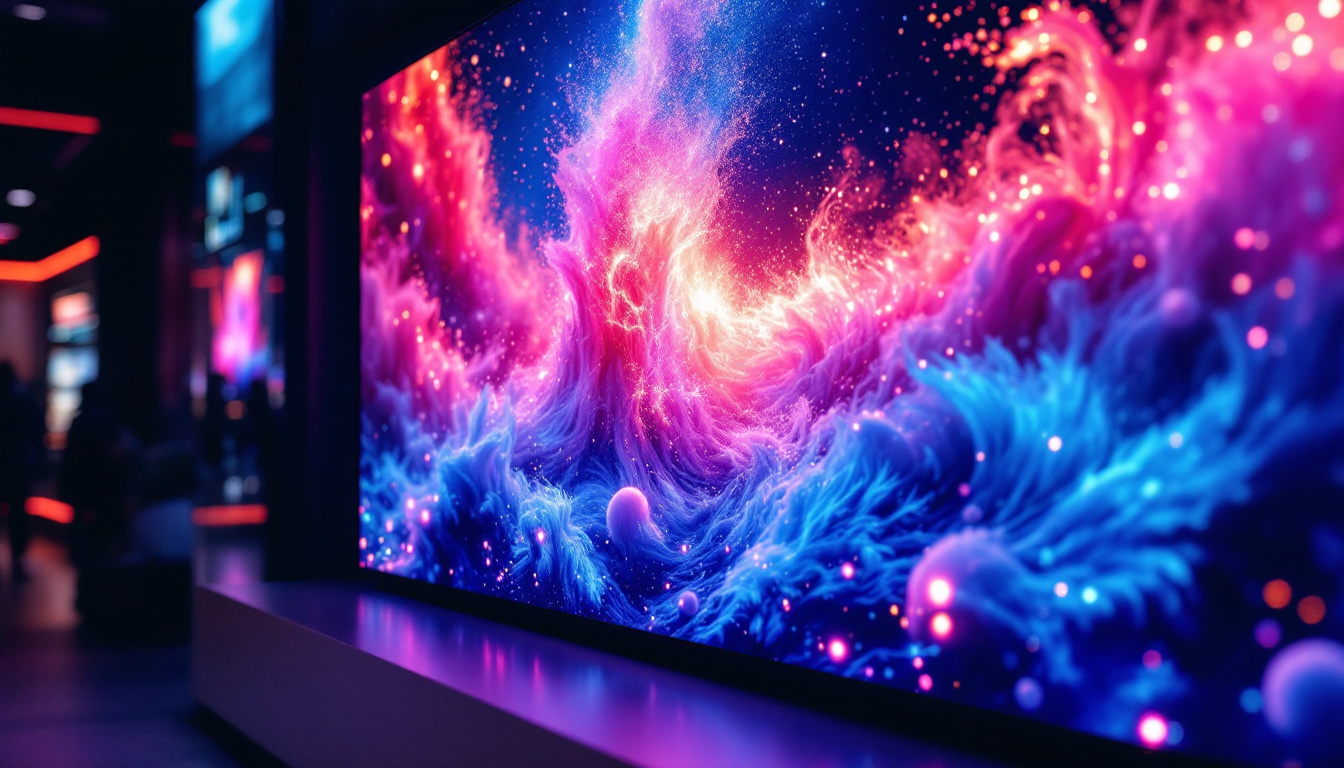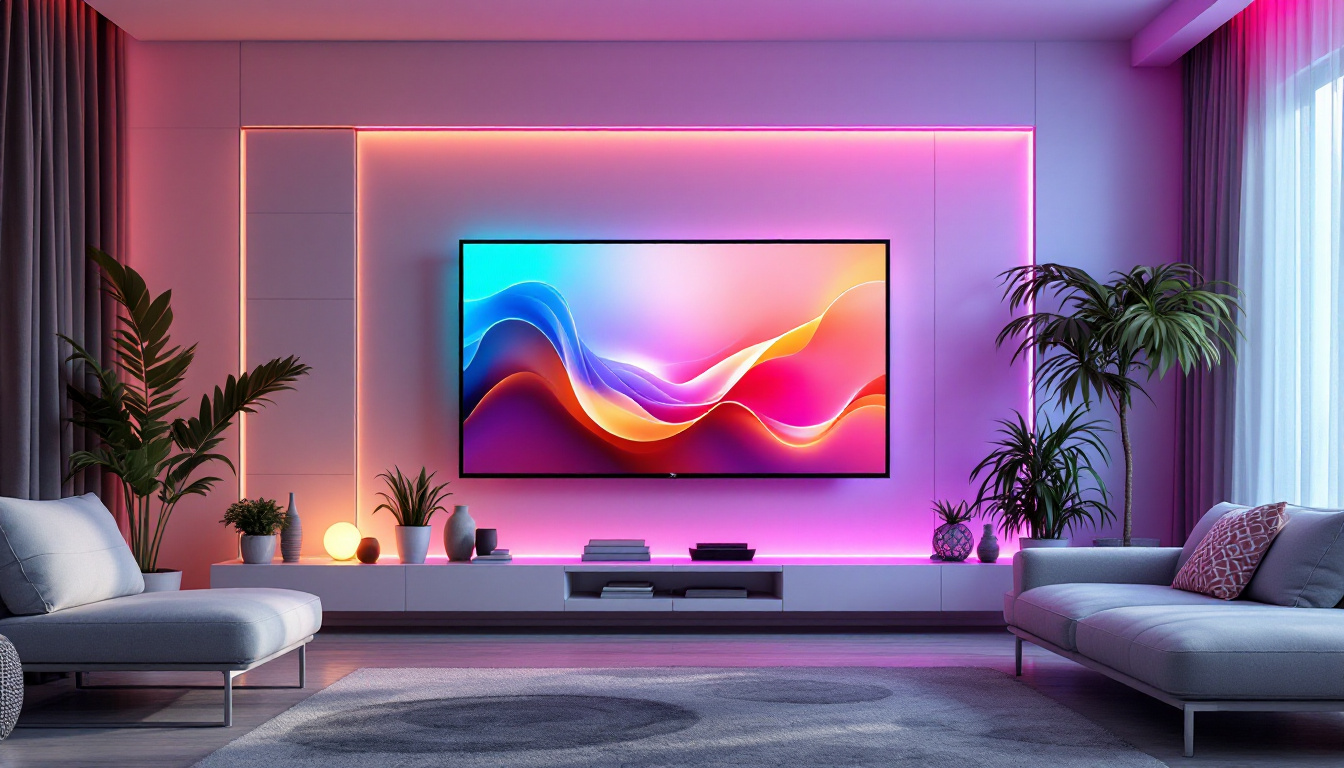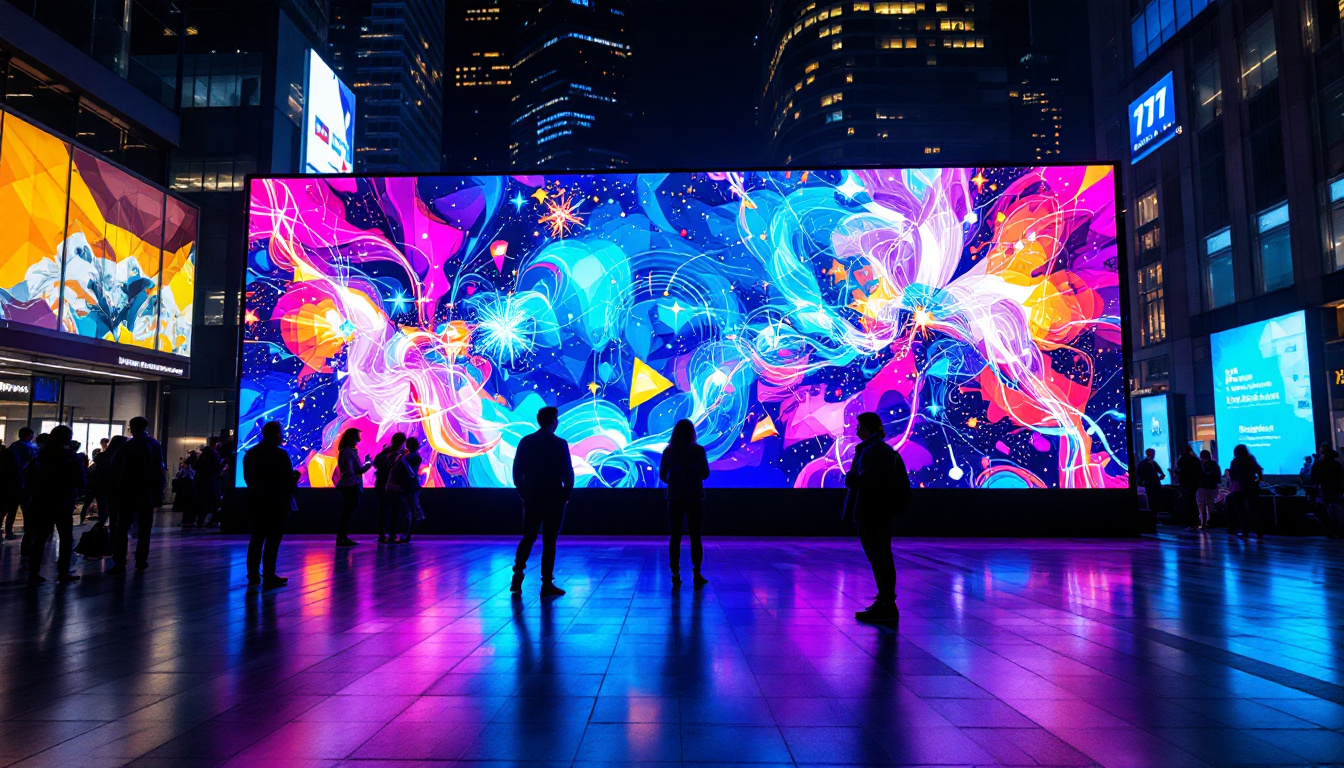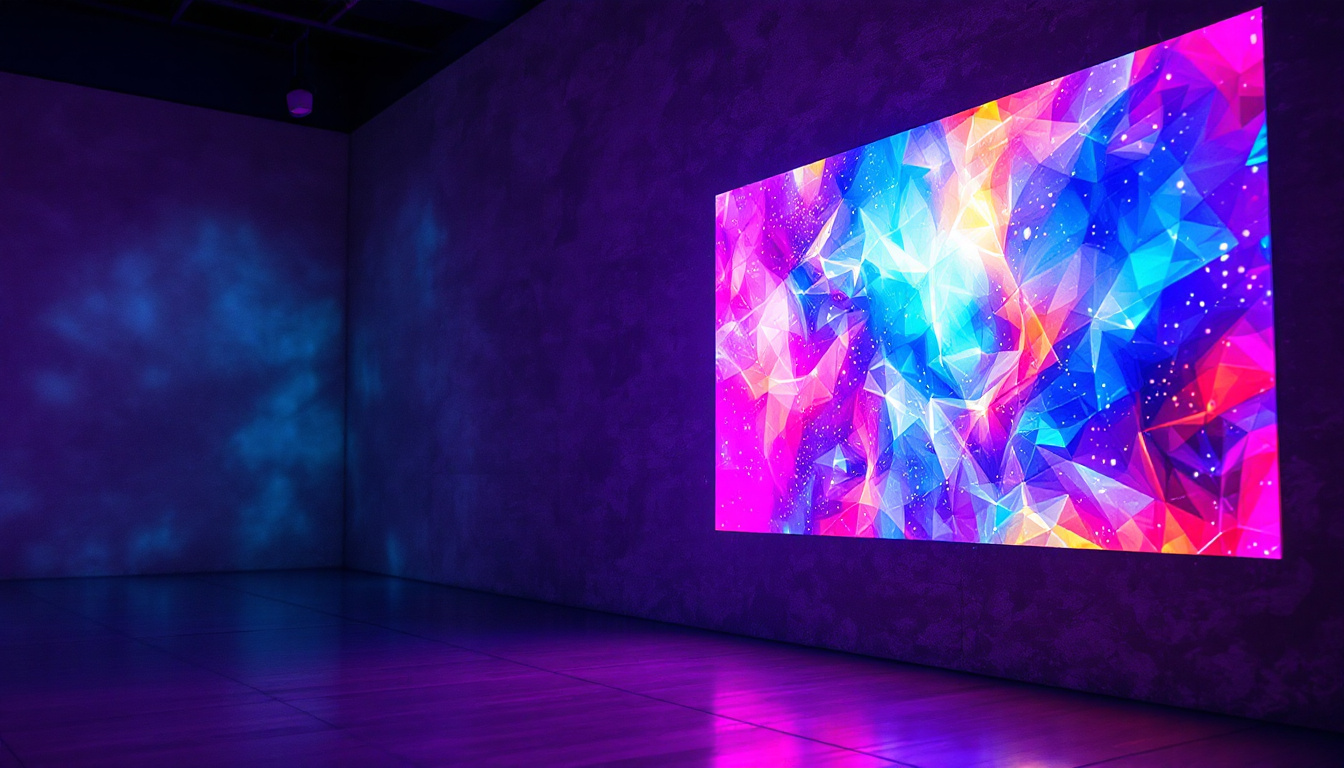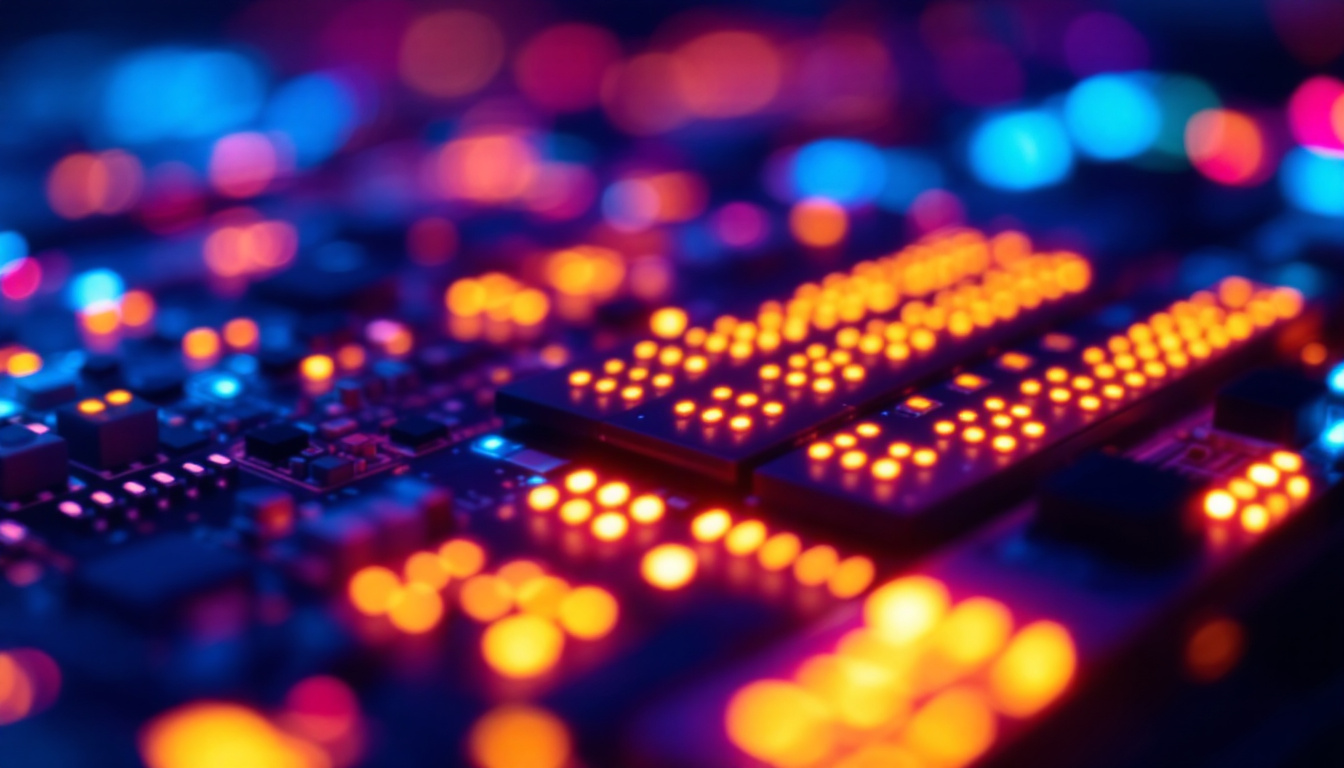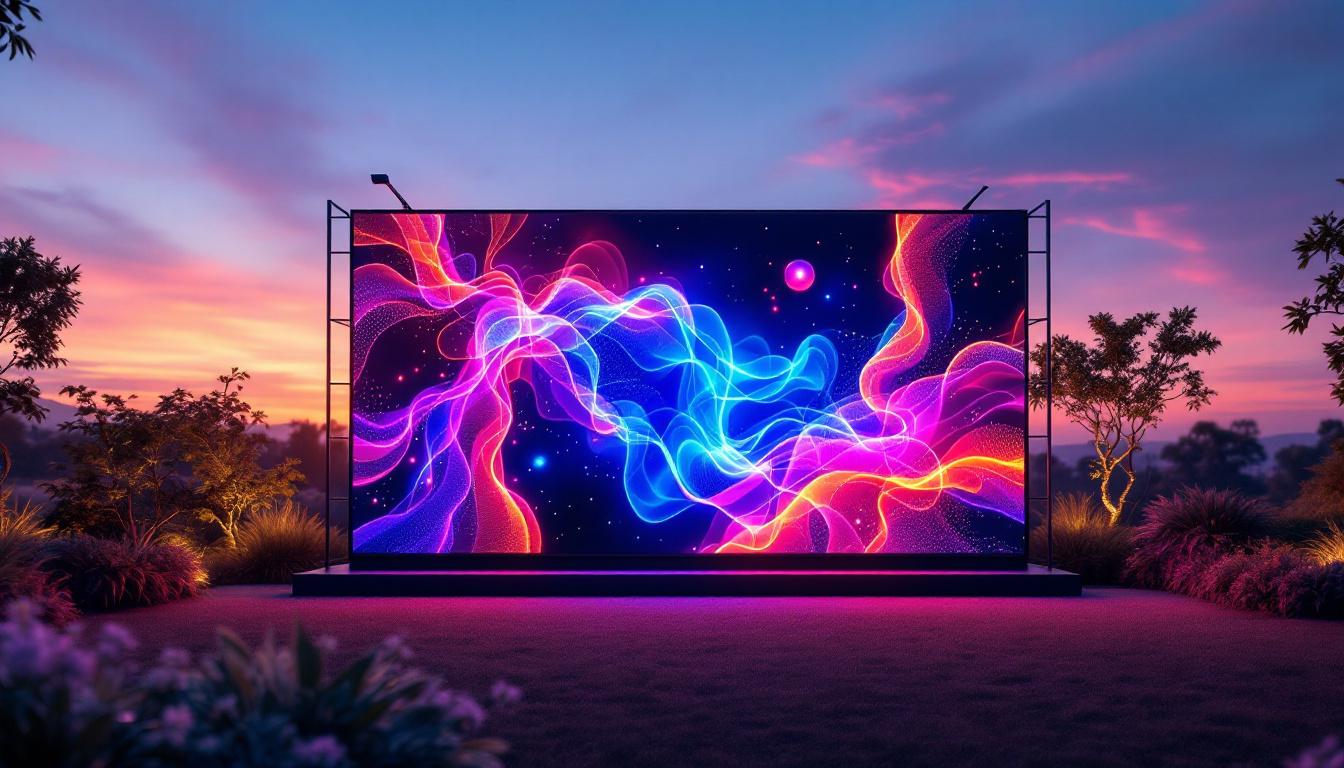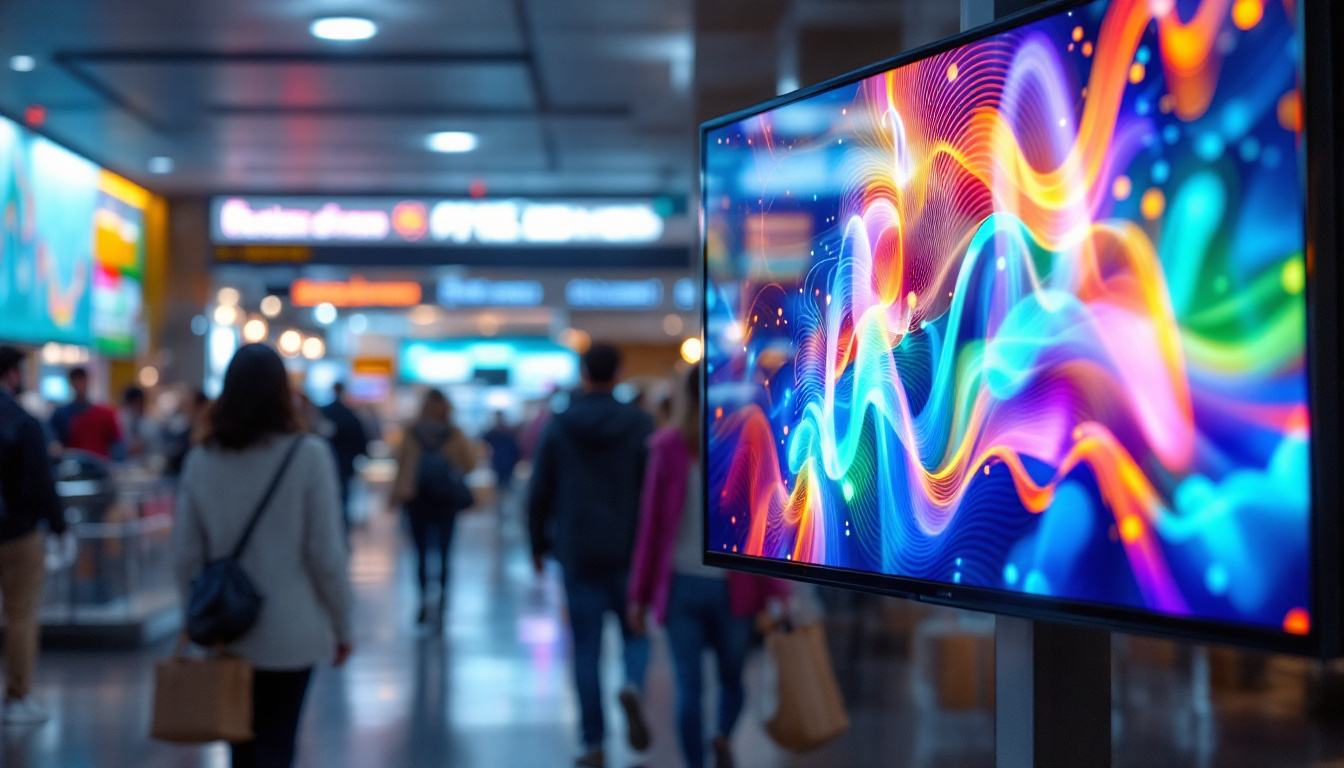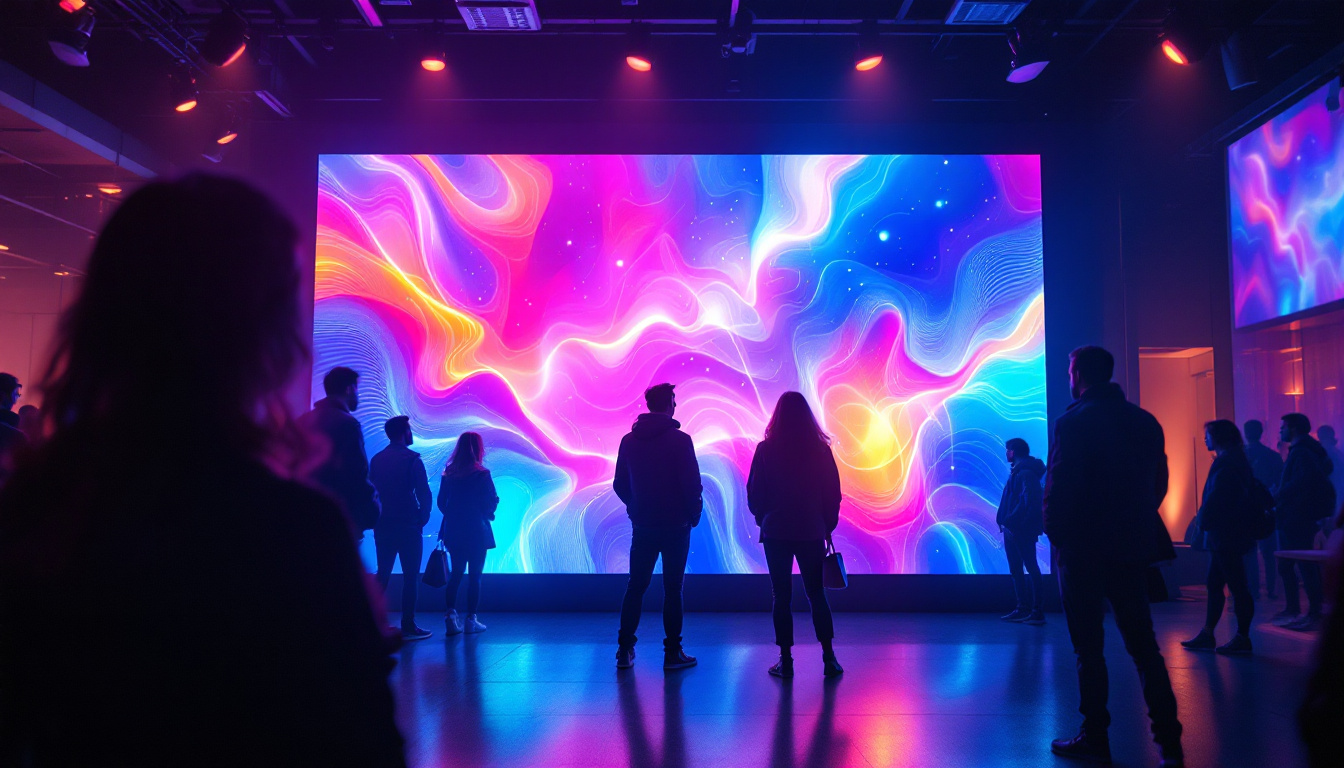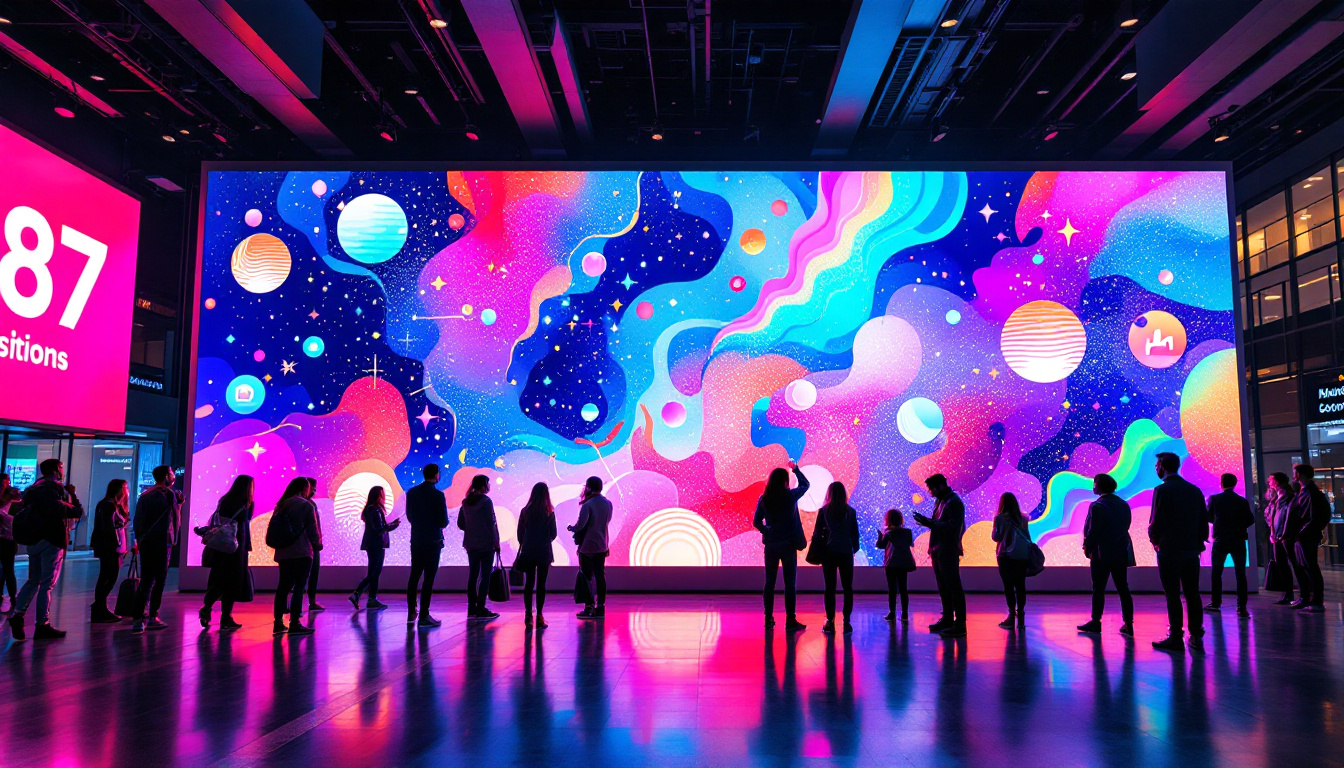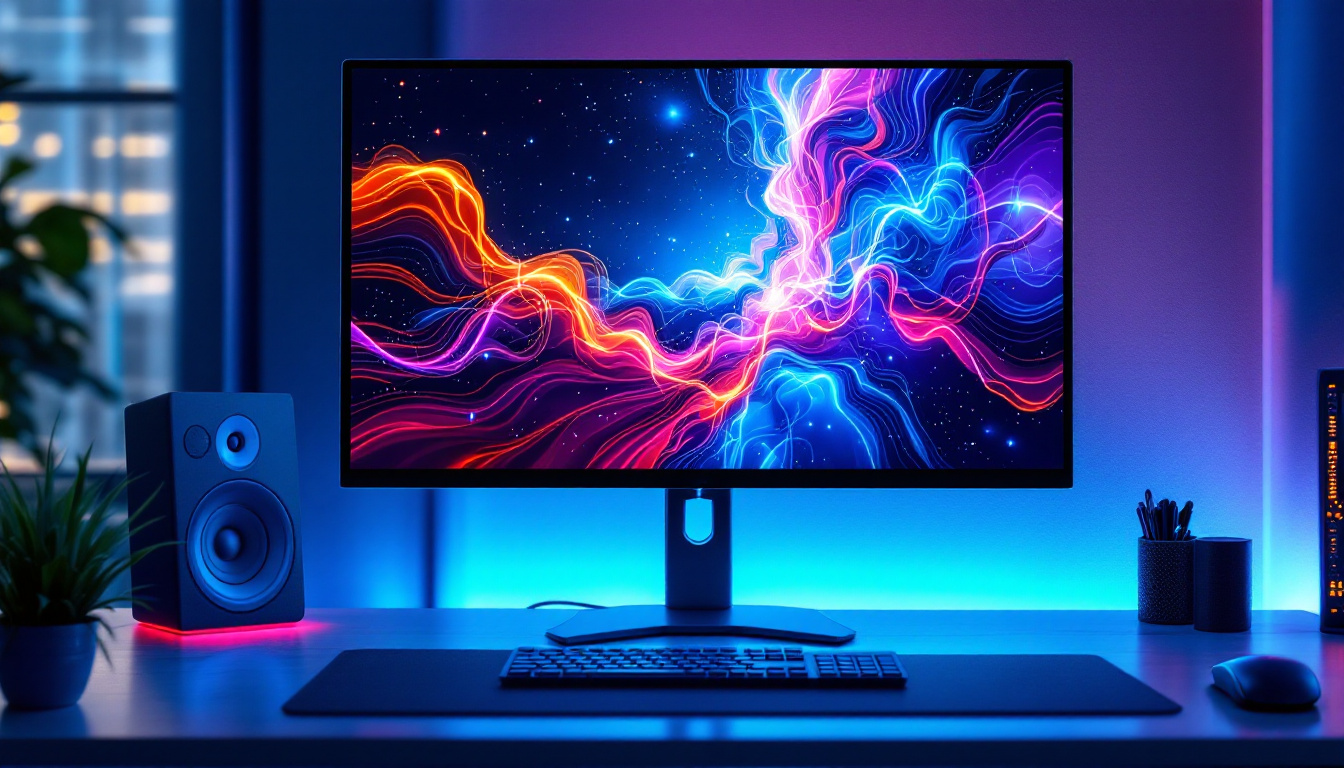In the world of modern technology, visual displays have become an integral part of our daily lives. Among the various types of displays available, DLED (Direct LED) technology has gained significant attention. This article delves into what DLED displays are, how they function, their advantages and disadvantages, and their applications in various fields.
Understanding DLED Technology
DLED stands for Direct LED, a type of LED backlighting technology used in LCD displays. Unlike traditional LED displays that utilize edge-lit technology, DLED panels have LEDs placed directly behind the screen. This arrangement allows for better light distribution and improved picture quality.
How DLED Works
The core principle of DLED technology lies in its backlighting system. In a DLED display, the LEDs are evenly distributed across the back of the screen. This configuration provides a more uniform light output compared to edge-lit displays, where the light source is limited to the edges of the screen. As a result, DLED displays can achieve higher brightness levels and better contrast ratios.
Additionally, DLED technology allows for local dimming, which means that specific areas of the screen can be dimmed or brightened independently. This feature enhances the overall dynamic range of the display, making dark scenes appear deeper and more detailed while bright scenes remain vibrant. The precision of local dimming can significantly improve the viewing experience, especially in high-definition content where shadows and highlights play a crucial role in storytelling.
Comparison with Other Display Technologies
When discussing DLED, it is essential to compare it with other popular display technologies, such as OLED and traditional LCD panels. OLED (Organic Light Emitting Diode) displays are known for their exceptional color accuracy and contrast ratios, as each pixel emits its own light. However, they can be more expensive and may suffer from burn-in issues over time, which can be a concern for users who display static images for prolonged periods.
On the other hand, traditional LCD displays often rely on CCFL (Cold Cathode Fluorescent Lamp) backlighting, which can result in less vibrant colors and poorer contrast compared to DLED. DLED technology strikes a balance between performance and cost, making it a popular choice for various applications. Furthermore, DLED displays are generally more energy-efficient than their CCFL counterparts, contributing to lower electricity bills and a reduced environmental footprint. This efficiency, combined with their superior performance, makes DLED a compelling option for both casual viewers and professional settings, such as graphic design and video editing, where color fidelity is paramount.
Advantages of DLED Displays
DLED displays offer numerous benefits that make them appealing for both consumers and professionals. Understanding these advantages can help in making informed decisions when selecting a display technology.
Improved Picture Quality
One of the most significant advantages of DLED displays is their superior picture quality. The direct backlighting system allows for better color reproduction and contrast. With local dimming capabilities, DLED displays can produce deeper blacks and more vibrant colors, enhancing the overall viewing experience. This is particularly advantageous for movie enthusiasts and gamers who seek immersive visuals. Additionally, DLED technology often supports a wider color gamut, which means that users can enjoy more accurate and lifelike colors, making everything from nature documentaries to video games appear more stunning and true to life.
Energy Efficiency
Energy efficiency is another notable benefit of DLED technology. Compared to traditional LCD displays with CCFL backlighting, DLED panels consume less power. This efficiency not only reduces electricity costs but also contributes to a lower environmental impact, making DLED a more sustainable choice for consumers. Furthermore, many DLED displays are designed with intelligent power management systems that adjust brightness based on ambient light conditions, further optimizing energy use. This feature is particularly useful in commercial settings, where displays are often left on for extended periods, leading to significant energy savings over time.
Thinner and Lighter Design
Advancements in DLED technology have led to thinner and lighter display designs. As manufacturers continue to innovate, DLED displays can be produced with slimmer profiles, making them ideal for modern applications such as televisions, monitors, and digital signage. This lightweight design also facilitates easier installation and transport. In addition to aesthetic appeal, the reduced weight of DLED displays allows for more versatile mounting options, including wall mounts and stands that may not support heavier models. This flexibility is particularly beneficial in commercial environments where space is often at a premium, allowing businesses to maximize their display capabilities without sacrificing valuable real estate.
Disadvantages of DLED Displays
While DLED displays offer various advantages, they also come with certain drawbacks that should be considered. Understanding these limitations is crucial for making an informed choice.
Cost Considerations
One of the primary disadvantages of DLED technology is its cost. DLED displays tend to be more expensive than traditional LCDs with CCFL backlighting. While the price has been decreasing over time, consumers may still find DLED displays to be a significant investment, particularly for larger screens. This higher price point can be a barrier for budget-conscious consumers or organizations looking to outfit multiple displays. Additionally, the cost of maintenance and potential repairs can also be higher, as specialized knowledge may be required to address issues that arise with DLED technology.
Limited Viewing Angles
DLED displays can also suffer from limited viewing angles. While advancements have been made to improve this aspect, colors and brightness may shift when viewed from extreme angles. This limitation can be a concern in environments where multiple viewers are positioned at varying angles to the screen. For instance, in a conference room setting, if participants are seated off to the side, they may not experience the same vibrant colors and clarity as those sitting directly in front of the display. This can lead to a less engaging experience during presentations or video conferences, where visual fidelity is paramount.
Potential for Blooming Effects
Blooming refers to the halo effect that can occur around bright objects on a dark background. While local dimming helps to improve contrast, it can also lead to blooming in certain situations. This phenomenon may detract from the overall picture quality, particularly in high-contrast scenes. For example, during a dark movie scene with bright highlights, viewers might notice a distracting glow around light sources, which can pull them out of the immersive experience. Moreover, the extent of blooming can vary significantly between different models and manufacturers, making it important for consumers to research and compare specific displays before making a purchase.
Energy Consumption
Another consideration is the energy consumption of DLED displays. Although they are generally more efficient than traditional displays, they can still consume a significant amount of power, especially when operating at peak brightness levels. This can lead to higher electricity bills over time, particularly for users who keep their displays on for extended periods. Additionally, in an era where energy efficiency is increasingly prioritized, consumers may feel compelled to weigh the environmental impact of their technology choices. As sustainability becomes a more pressing concern, the energy footprint of DLED displays may influence purchasing decisions, particularly in commercial settings where multiple units are in use.
Applications of DLED Displays
DLED technology has found its way into various applications across different industries. Its versatility and performance make it suitable for a wide range of uses.
Consumer Electronics
In the realm of consumer electronics, DLED displays are commonly found in televisions and computer monitors. With their superior picture quality and energy efficiency, they cater to the needs of both casual viewers and professional users. Gamers, for instance, benefit from the enhanced contrast and color accuracy that DLED technology provides.
Commercial and Industrial Use
DLED displays are also widely used in commercial settings, such as retail stores, airports, and corporate offices. digital signage solutions often utilize DLED technology to deliver vibrant advertisements and information to customers. The ability to create eye-catching displays makes DLED a preferred choice for businesses looking to attract attention.
Medical Imaging
In the medical field, DLED displays play a crucial role in imaging and diagnostic equipment. High-resolution DLED monitors are used for viewing medical images, ensuring that healthcare professionals can accurately assess and diagnose conditions. The improved contrast and color accuracy offered by DLED technology are essential for precise image interpretation.
Future of DLED Technology
The future of DLED technology looks promising, with ongoing advancements and innovations on the horizon. As manufacturers continue to refine their processes and develop new applications, DLED displays are expected to become even more prevalent in various sectors.
Integration with Smart Technology
As smart technology becomes increasingly integrated into everyday life, DLED displays are likely to evolve alongside these advancements. Smart TVs and monitors equipped with DLED technology will continue to enhance user experiences with features such as voice control, app integration, and seamless connectivity with other devices.
Enhanced Performance Features
Future DLED displays may also see improvements in performance features. Innovations such as higher refresh rates, improved local dimming algorithms, and enhanced color accuracy are expected to enhance the overall viewing experience. These advancements will cater to the growing demand for high-performance displays in gaming, entertainment, and professional applications.
Sustainability Initiatives
As environmental concerns become more pressing, manufacturers are likely to focus on sustainability initiatives in the production of DLED displays. This may include using eco-friendly materials, reducing energy consumption, and implementing recycling programs for old displays. Such efforts will not only benefit the planet but also appeal to environmentally conscious consumers.
Conclusion
In summary, DLED technology represents a significant advancement in display technology, offering improved picture quality, energy efficiency, and a thinner design. While there are some drawbacks, such as cost and limited viewing angles, the advantages often outweigh these concerns for many users. With applications spanning consumer electronics, commercial use, and medical imaging, DLED displays are set to play a vital role in the future of visual technology.
As the industry continues to innovate, DLED technology will likely evolve, integrating with smart features and focusing on sustainability. Whether for home entertainment, professional use, or commercial applications, DLED displays are poised to remain a popular choice for those seeking high-quality visual experiences.
Discover LumenMatrix’s Advanced LED Display Solutions
Ready to elevate your visual experience with the latest in DLED technology? Look no further than LumenMatrix, a pioneer in LED display innovation. Our comprehensive range of products, from Indoor and Outdoor LED Wall Displays to specialized solutions like Vehicle LED Displays and LED Sports Displays, is designed to bring your visual communication to life. Embrace the future of display technology with our Custom LED Displays, All-in-One LED Displays, and revolutionary LED Transparent Displays. Check out LumenMatrix LED Display Solutions today and transform the way you engage with your audience.


